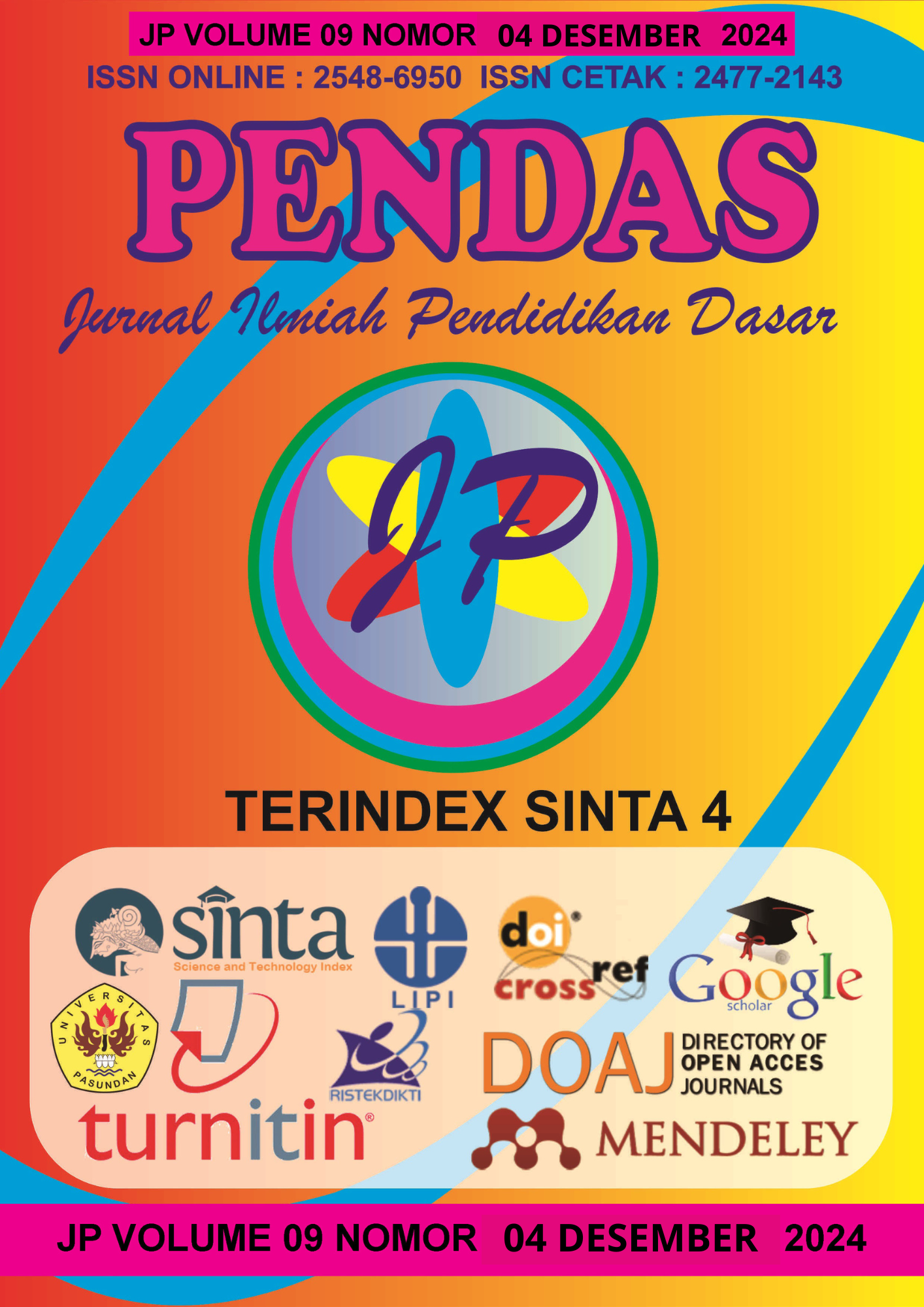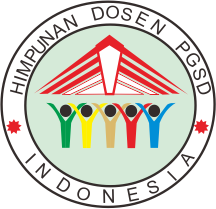RESILIENSI MASYARAKAT KORBAN BANJIR KECAMATAN KARANGANYAR KABUPATEN DEMAK
DOI:
https://doi.org/10.23969/jp.v9i04.20350Keywords:
community, resilience, floodAbstract
Resilience is the ability to face a problem. Every individual should ideally have this ability to live their life, including flood victims in Karanganyar District, Demak Regency. This study aims to determine the aspects of resilience of flood victims in Karanganyar District, Demak Regency. The method used is a qualitative method with a phenomenological approach. Data collection techniques with observation and interviews. The informants of this study were flood victims in Karanganyar District, Demak Regency. The data obtained have been tested for validity using the triangulation method which was analyzed using resilience theory. There are seven aspects of resilience, namely, Emotional regulation, impulse control, optimism, self-efficacy, causal analysis, empathy, and reaching out. The results of this study are the emotional regulation aspect in informant I, the informant can control his emotions, but in informant II there is a change in emotion and informant III there is no change in emotion. The impulse control aspect in informant I, is able to control himself, but informant II, experiences a change in controlling himself and informant III has good self-control. The optimistic aspect in informants I and II has a sense of worry because of the losses incurred, different from informant III, the informant is optimistic to continue fighting. The self-efficacy aspect in informants I, II and III is confident or optimistic that they can solve their problems. The causal analysis aspect in informants I, II and III, can find out the cause of the problem so that they try to be calm and confident that they can solve it. The empathy aspect in informants I and II, the informants have a good sense of empathy towards family and others but different from informant III, the informant who lacks empathy. The reaching out aspect in informants I, II and III all have the drive, confidence and ability to realize desires in the future and can take lessons from what happensDownloads
References
Alase, A. (2017). Phenomenology as a research methodology. International Journal of Humanities and Social Science, 7(2), 101-109.
Atwater, L. E., & Duffy, S. (1999). The relationship between self-efficacy and leadership performance. Journal of Applied Psychology, 84(2), 223-228. https://doi.org/10.1037/0021-9010.84.2.223
BBWS Pemali Juana. (2024). Penanganan Darurat Banjir Sungai Wulan terus dikebut. https://sda.pu.go.id/balai/bbwspemalijuana/pages/posts/penanganan-darurat-banjir-sungai-wulan-terus-dikebut-1710990861
Connor, K. M., & Davidson, J. R. T. (2003). Development of a new resilience scale: The Connor-Davidson Resilience Scale (CD-RISC). Depression and Anxiety, 18(2), 76-82. https://doi.org/10.1002/da.10113
Dillashandy, D. (2017). Community resilience in disaster-prone areas: A case study of Kalitengah Lor, Indonesia. International Journal of Disaster Risk Reduction, 25, 74-84. https://doi.org/10.1016/j.ijdrr.2017.09.003
Ka’u, A. A., Takumansang, E. D., & Sembel, A. (2021). Analisis Tingkat Kerawanan Banjir Di Kecamatan Sangtombolang Kabupaten Bolaang Mongondow. Jurnal Spasial, 8(3), 291–302.
Margareth, T. V. (2016). Hubungan antara Self Esteem dengan Resiliensi pada Siswa Sekolah Menengah Pasca Bencana Banjir dan Tanah Longsor di Daerah Batu Gajah Ambon. [Undergraduate Thesis], 21.
Moleong, L. J. (2016). Metodologi penelitian kualitatif (Edisi Revisi). Remaja Rosdakarya.
Moleong, L. J. (2018). Metodologi penelitian kualitatif (Edisi Revisi). Remaja Rosdakarya.
Nufus, H., & Husna, F. (2017). Resiliensi masyarakat pasca banjir: Studi kasus di wilayah X. Jurnal Penelitian Sosial, 11(2), 123-135.
Prastowo, A. (2012). Metode penelitian kualitatif dalam penelitian pendidikan. Kencana.
Putri, A. S., & Uyun, R. (2017). Aspek-aspek resiliensi dalam menghadapi masa sulit: Sebuah kajian terhadap individu dan komunitas. Jurnal Psikologi Indonesia, 15(2), 45-56.
Reivich, K., & Shatte, K. (2002). The emotional intelligence workbook: Teach yourself. HarperCollins.
Reivich, K., & Shatte, K. (2002). The emotional intelligence workbook: Teach yourself. HarperCollins.
Reivich, K., & Shatte, K. (2002). The emotional intelligence workbook: Teach yourself. HarperCollins.
Reivich, K., & Shatte, K. (2002). The emotional intelligence workbook: Teach yourself. HarperCollins.
Setiawan, I. (2018). Fenomenologi dalam penelitian sosial: Konsep dan aplikasinya. Jurnal Ilmu Sosial, 22(1), 50-58.
Siebert, A. (2005). The resilience advantage: Master change, thrive under pressure, and bounce back from setbacks. Berrett-Koehler Publishers.
Sugiyono. (2021). Metode penelitian kuantitatif, kualitatif, dan R&D. Alfabeta.
Tampi, B., Kumaat, L., & Masi, G. (2013). Hubungan Sikap Dukungan Sosial Dengan Tingkat Resiliensi Stres Penyintas Banjir Di Kelurahan Taas Kecamatan Tikala Kota Manado. Jurnal Keperawatan UNSRAT, 1(1), 111025.
Wahidah, E. Y. (2018). Resiliensi Perspektif Al Quran. Jurnal Islam Nusantara, 2(1), 105. https://doi.org/10.33852/jurnalin.v2i1.73
Yuliati. (2020). Manajemen penanggulangan
bencana. Modul Disaster Nursing (Nsa 736), 3, 1–12.
Downloads
Published
Issue
Section
License
Copyright (c) 2025 Pendas : Jurnal Ilmiah Pendidikan Dasar

This work is licensed under a Creative Commons Attribution 4.0 International License.



















